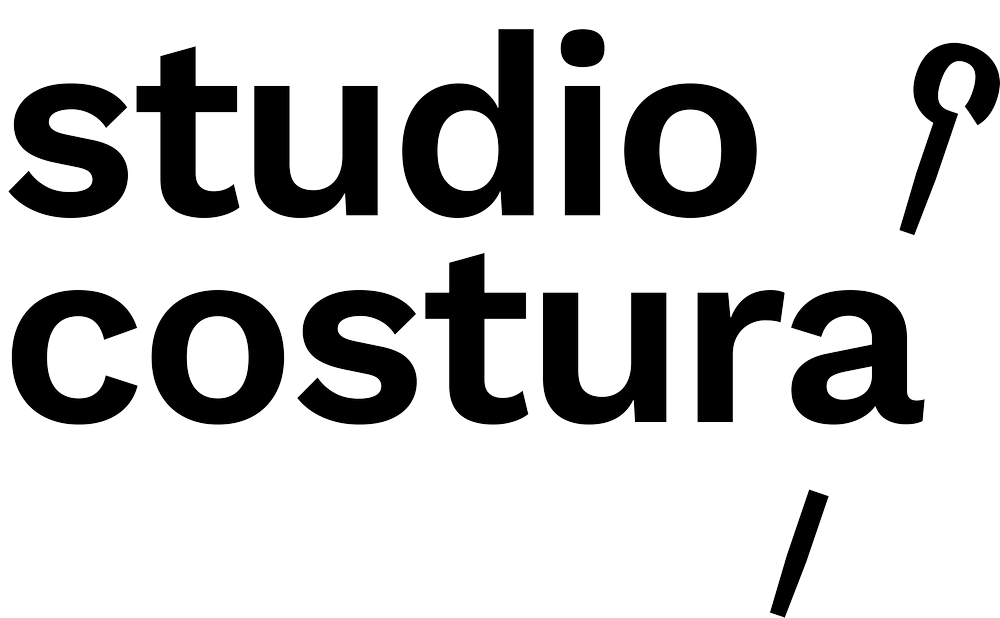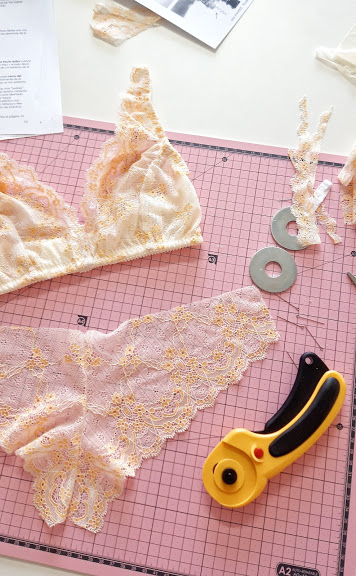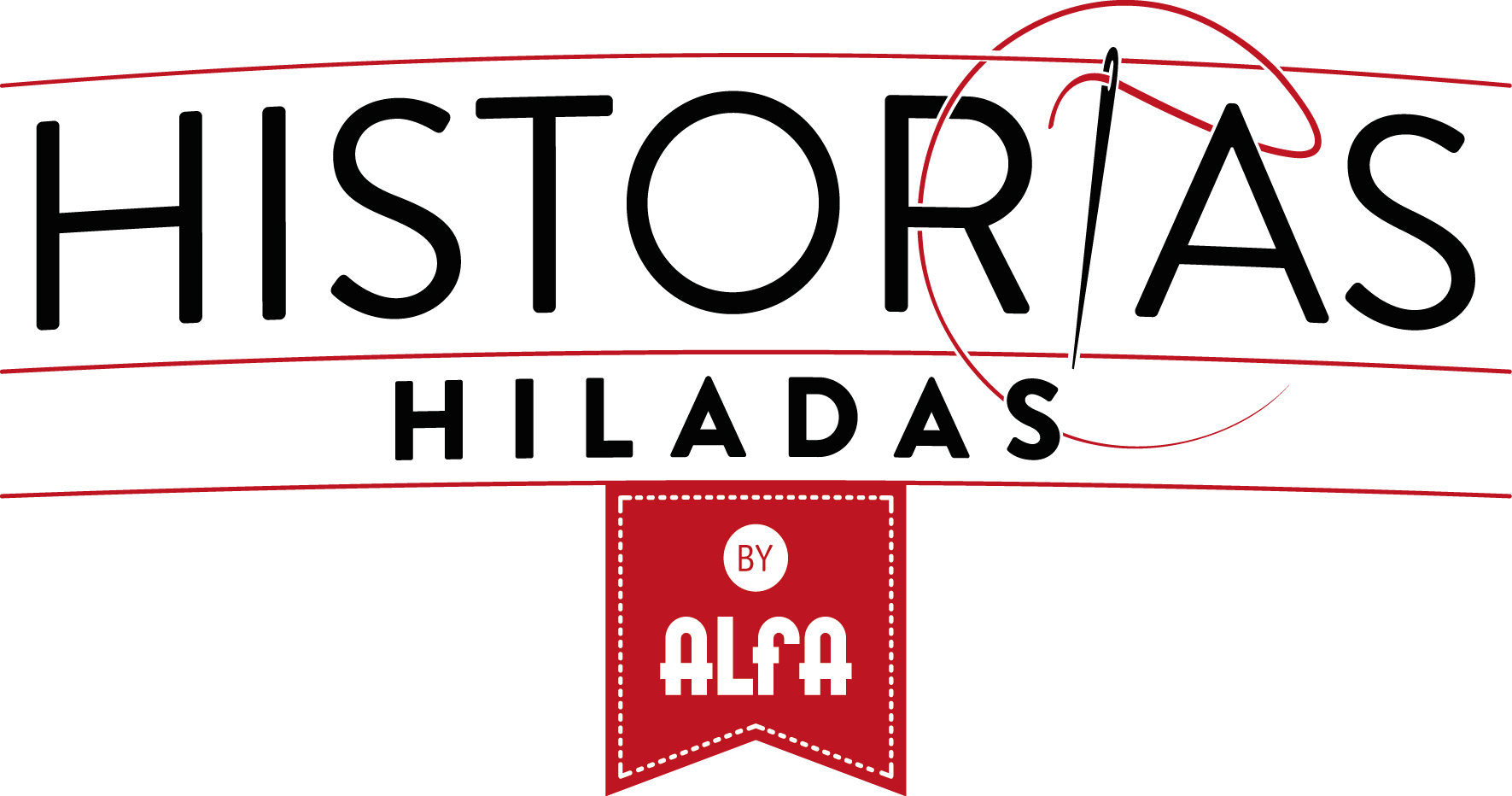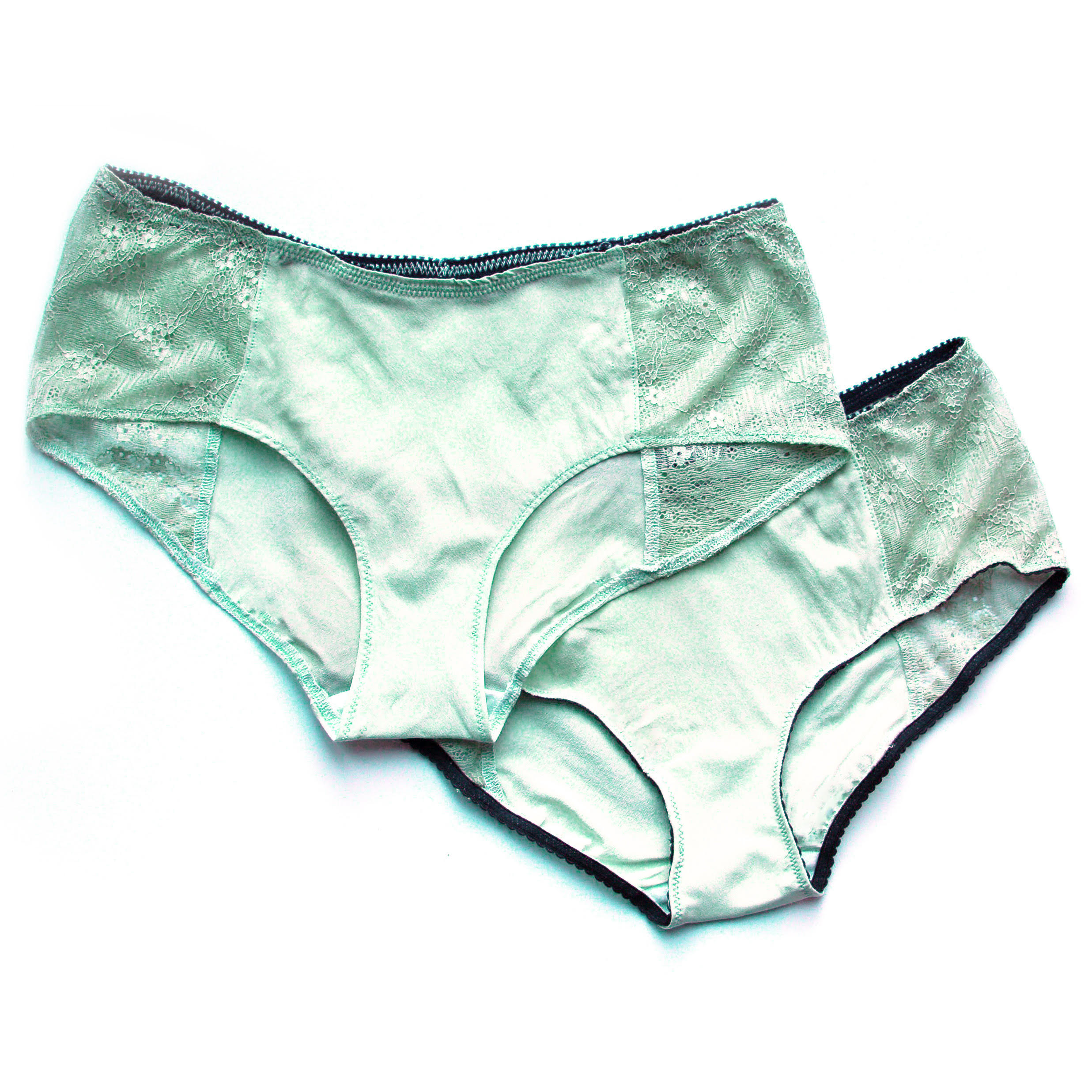Hola-hola. Estoy escribiendo esta entrada después de una semana larga de mucho trabajo pero de mucha ilusión también. Me imagino que si me seguis por Instagram ya sabéis más o menos a través de ese canal qué cosas voy haciendo (también podéis ver fotos en la galería de la web) pero hace tiempo que también quería tener un espacio más amplio para escribir qué tal todo. Así que os pongo un poco al día con la academia, el patronaje y lo demás. Iba a escribir otro post que tengo pendiente pero me he venido arriba para contaros algo quizás más personal.
Últimamente me siento un poco agobiada porque tengo muchos proyectos abiertos y casi todos tienen una fecha concreta de entrega, cosa que por parte me gusta porque así me concentro mejor pero por otra parte me tiene medio loca también, jaja. Digo agobiada pero en el buen sentido de la palabra, con muchas tareas importantes que requieren atención. Me siento muy feliz por poder trabajar de tiempo completo en algo que me flipa y mucho. También hay momentos cuando pienso que ojalá costura sea solo mi hobby, algo que me guste y lo pueda hacer en mi tiempo libre sin pensar en la parte económica, solo haría cosas que me apetecen y punto. Estos pensamientos suelen llegar cuando las cosas son difíciles y estoy de bajón...pero por suerte, no suele ocurrir muy a menudo últimamente.
Me encanta mi trabajo y lo hago con muchísima ilusión porque es algo que me llena y me hace querer aprender cada vez más para poder transmitir cada día más y mejor también. Ya sé que el trabajo no es todo en la vida pero para mí es una parte muy grande que me afecta muchísimo y eso significa que si estoy bien trabajando (aunque muy cansada a veces), estoy bien en general también. Y si algo va mal en el trabajo, esto me afecta en todo...estoy triste y en general insoportable en mi tiempo libre, jaja. Desde hace cuatro años trabajo “para mí”, la parte de este tiempo también he estado trabajando con otros proyectos pero lo mío ha estado allí y en mi cabeza desde entonces. Dicho eso, he pasado tiempos buenos y no tan buenos, ha habido momentos (realmente temporadas jaja) cuando me he sentido que nada de esto tiene sentido y que tenía que buscarme “un trabajo de verdad”, intentar conseguir “una educación de verdad” para poder salir adelante. Es super difícil vivir con un incertidumbre todos los días, es agobiante si no sabes si puedes pagar tu alquiler al final del mes y más que nada, cómo seguir si no sabes muy bien si merece la pena, si el proyecto que estás haciendo tiene sentido y si es suficientemente bueno y rentable como para seguir?? Básicamente lo último no lo sé...solo puedes unir los puntos cuando miras hacia atrás como decía Steve Jobs, no?
A lo que quería llegar con eso...desde que estoy con Laura en el proyecto de la academia, cada vez me pasa menos lo de pensar en que si todo merece la pena etc. Últimamente me he dado cuenta de que no he tenido uno de estos ataques de desesperación (normalmente incluye llorar un rato y buscar ofertas de trabajo en internet, después llorar más por ver que no me contrataría nadie, jaja) en bastante tiempo. No os digo que no es difícil ahora, sí que lo es! Somos dos chicas emprendiendo este proyecto sin un super préstamo de apoyo y son muuuuchos gastos para empezar, es cuestión de recortar todos los gastos personales al mínimo durante un buen rato. Mi hija es pequeña y aunque quisiera, no podría estar trabajando en todas las horas del día, así que al final toca hacer lo que se puede cuando se puede y mirar hacia adelante.
Pero sabéis que? Abrir este nuevo espacio y trabajar con Laura me ha dado la oportunidad de realmente crear un proyecto que me hace feliz de verdad. Como yo había pasado por experiencias laborales no muy agradables en el pasado, estaba bastante nerviosa a la hora de decir sí a esta nueva aventura...porque volvemos a lo mismo que os dije antes de mi forma de trabajar. Si estoy en algo, estoy en algo, voy a darlo todo y tomarlo todo muy personalmente, jaja. Es que es así y me cuesta mucho cambiarlo! Así que cuando empezamos esto, no sabía si me iba a llevar una desgracia o todo iba a salir bien (y obviamente estoy consciente que todavía eso no lo sé porque las cosas están constantemente cambiando y evolucionando). Ahora que llevamos casi cuatro meses puedo decir que ya no tengo (tanto) miedo y estoy con mucha ilusión trabajando junto a una persona que comparte la pasión por este proyecto. Laura es una persona super trabajadora quien hace que realmente todo esto funcione (correos, papeleo, hablar con todo el mundo...tareas infinitas del día a día) y aparte de eso también es directamente BUENA persona con mucho sentido común quien cuida de los demás y está siempre abierta a las ideas locas que se me ocurren. En fin, todo es más fácil con ella y estoy muy afortunada de poder trabajar con alguien quien comparte esta pasión por la costura.
Así que aunque hay días cuando estoy tan cansada que ya no puedo más, pienso que tengo mucha suerte de por fin estar trabajando en la academia. La mejor parte es ver la gente feliz...suena cursi pero es la verdad! Es un espacio para aprender y crear y me encanta ver cuando la gente termina sus proyectos, la ilusión que les hace, lo orgullosas que están. No es solo la costura, es un espacio de encuentro donde gente muy diferente comparte la misma afición y a través de las charlas que tenemos en clase surgen cosas muy bonitas...conoces gente, te recomiendan cosas, desconectas de tu día a día y lo pasas bien! Esta es mi parte favorita, poder estar allí con las alumnas, verlas crecer y coser cosas cada vez más avanzadas y a su gusto. Ya sabéis que estáis siempre bienvenidas allí, tanto si queréis apuntaros a las clases continuas o los monográficos como para venir a los eventos que organizamos allí!
Este sábado tuvimos en la academia nuestro segundo “evento de comunidad” que esta vez era una charla sobre tejidos. Me encantó ver a tanta gente y nuestra invitada Raquel había preparado un temario muy completo con muchísimo detalle, era una pasada! Tengo que decir que estaba ya cansada después de muchas clases, muchos días largos con mil proyectos durante la semana…pero al ver toda esa energía positiva de la gente y de poder hablar de telas y de costura, algo que me emociona muchísimo, terminé el sábado de la mejor manera posible. El mes pasado tuvimos también un intercambio de telas que fue muy divertido! Vamos a organizar más eventos así que apuntaros a la newsletter, así estáis al día con todo, y también lo podéis ver en el apartado de eventos en nuestra web.
Por otra parte estoy a tope preparando el curso de patronaje que tenemos en la academia, es un curso nuevo así que estoy empollando todo el temario e intento reunir en mis materiales de clase todo lo que sé sobre el tema…es muy emocionante (porque soy un poco friki del tema) pero también me genera estrés porque a veces no sé si lo que hago es suficiente etc…ya sabéis ese típico miedo de no poder darlo todo-todo!
Luego están las clases continuas y los monográficos, mucha gente maravillosa que pasa por la academia, cada una con su proyecto y con sus ganas de aprender. En el final del mes también voy a dar unos talleres de lencería y baño en San Sebastian, en la otra academia de Historias Hiladas…no sé cómo está pasando tan rápido el mes de junio porque en dos semanas ya me toca ir allí y no me ha dado tiempo de ponerme nerviosa todavía, jaja.
En fin…son muchas cosas, todas ellas que me apasionan, me hacen muuuucha ilusión y me estresan un poco al mismo tiempo, jaja, pero la verdad es que cuando leo las reseñas que ponen las alumnas en Google me emociono al saber que todo eso vale la pena porque os gusta.
Este verano también tenemos el campamento para niños para que aprendan diferentes formas de manualidades y costura, qué ganas ya de ponernos con un montón de proyectos chulos pensado para ellos. Para las que estáis en Madrid en el verano y tenéis más tiempo también existe la posibilidad de participar en cursos intensivos donde podéis hacer vuestros proyectos, todo según lo que querías hacer vosotras. Y siguen los monográficos, aparte de lo que ya está en la web vamos a tener un curso de alpargatas y haré un monográfico de patronaje. Estamos abiertos a todo tipo de proyectos así que si tenéis algo en mente pero no sabéis si se puede hacer, simplemente nos escribís y vemos cómo organizarlo.
Y por fin sobre mis patrones...en este momento estoy ya muy cerca de publicar el patrón de bralette que más tiempo me ha costado en preparar, muy pronto os lo puedo enseñar. Tengo muchas ideas para el futuro así que veo cosas bonitas al llegar, jeje. Aquí también quiero agradecer a todo el mundo quien ha comprado algo en mi tienda, vuestro apoyo es muy importante y me alegro muchísimo cuando veo vuestros proyectos terminados!
Así que aquí termino este post tan largo. Solo quiero daros gracias a todo el mundo que nos habéis apoyado en la academia tanto si habéis pasado por allí o si nos habéis contactado online...sois vosotras quienes hacéis posible este proyecto (y cuidáis de mi salud mental, jaja). También gracias a Laura por confiar en mí y por ser una compañera de trabajo excelente. Y a mi familia por aguantarme, jaja. Nos vemos en Historias Hiladas o por internet!!!







































































